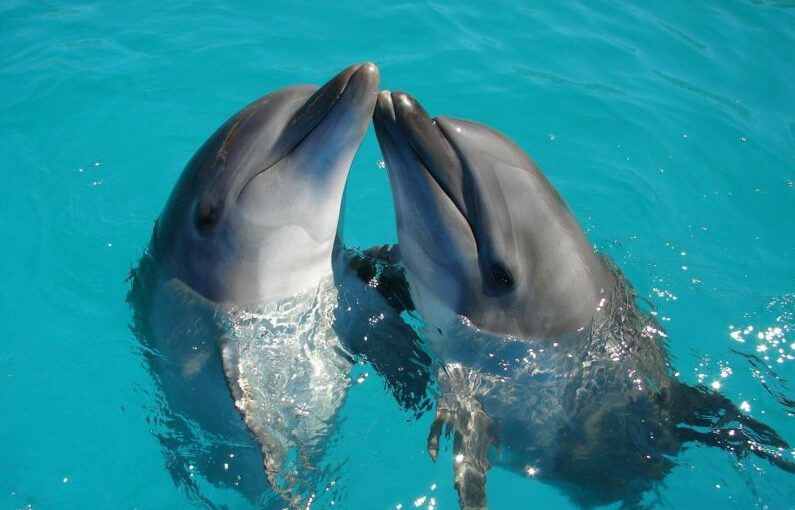Beneath the waves of the vast oceans, a mysterious world unfolds where creatures of remarkable intelligence and social complexity reside. Dolphins, with their playful antics and remarkable communication skills, have long fascinated scientists and enthusiasts alike. One question that has intrigued researchers for decades is whether dolphins have their own language. Delving into the depths of the underwater realm, we seek to unravel the enigmatic conversations that take place among these intelligent marine mammals.
**The Sophisticated Communication of Dolphins**
Dolphins are known for their remarkable ability to communicate with one another through a complex system of sounds, gestures, and body language. These highly social animals form strong bonds within their pods and engage in intricate interactions that suggest a sophisticated level of communication. Scientists have observed dolphins using a diverse range of vocalizations, from clicks and whistles to burst-pulse sounds, to convey messages and coordinate their activities.
**The Quest for Understanding**
As researchers strive to unlock the secrets of dolphin communication, they face significant challenges in deciphering the nuances of these marine mammals’ language. Unlike human languages, which are based on a set of predetermined rules and structures, dolphin communication is a more fluid and dynamic system that relies heavily on context and situational cues. This complexity makes it difficult for scientists to definitively determine whether dolphins possess a true language with grammar and syntax or if their communication is more instinctual and reactive.
**Decoding the Clicks and Whistles**
One of the most intriguing aspects of dolphin communication is the use of clicks and whistles to convey information. Dolphins produce clicks for echolocation, navigation, and hunting, using a series of rapid-fire pulses to create a detailed acoustic image of their surroundings. Whistles, on the other hand, are thought to serve a more social function, allowing dolphins to communicate with one another over long distances and maintain contact within their pods.
**Patterns and Repetitions**
In their quest to decipher the conversations beneath the waves, researchers have identified patterns and repetitions in dolphin vocalizations that hint at a level of organization and structure in their communication. Studies have shown that dolphins exhibit signature whistles, unique vocalizations that function as individual names within their pods. These signature whistles are used to identify specific dolphins and maintain social bonds within the group, highlighting the importance of individual recognition and communication in dolphin society.
**The Role of Culture**
Just as human languages are shaped by cultural influences and social interactions, dolphin communication is believed to be influenced by the unique traditions and behaviors of different dolphin populations. Researchers have observed variations in vocalizations and behaviors among different dolphin groups, suggesting the presence of distinct dialects and communication styles. This cultural diversity adds another layer of complexity to the study of dolphin language and highlights the importance of considering the social context in which communication takes place.
**The Intriguing World of Dolphin Communication**
In the vast expanse of the ocean, dolphins navigate a world rich with sounds, signals, and social connections. Their intricate communication system reflects a level of intelligence and social complexity that continues to captivate researchers and observers alike. While the true nature of dolphin language remains a subject of ongoing debate and exploration, one thing is clear: the conversations beneath the waves are filled with mystery, wonder, and the enduring bonds that unite these enigmatic marine creatures.





